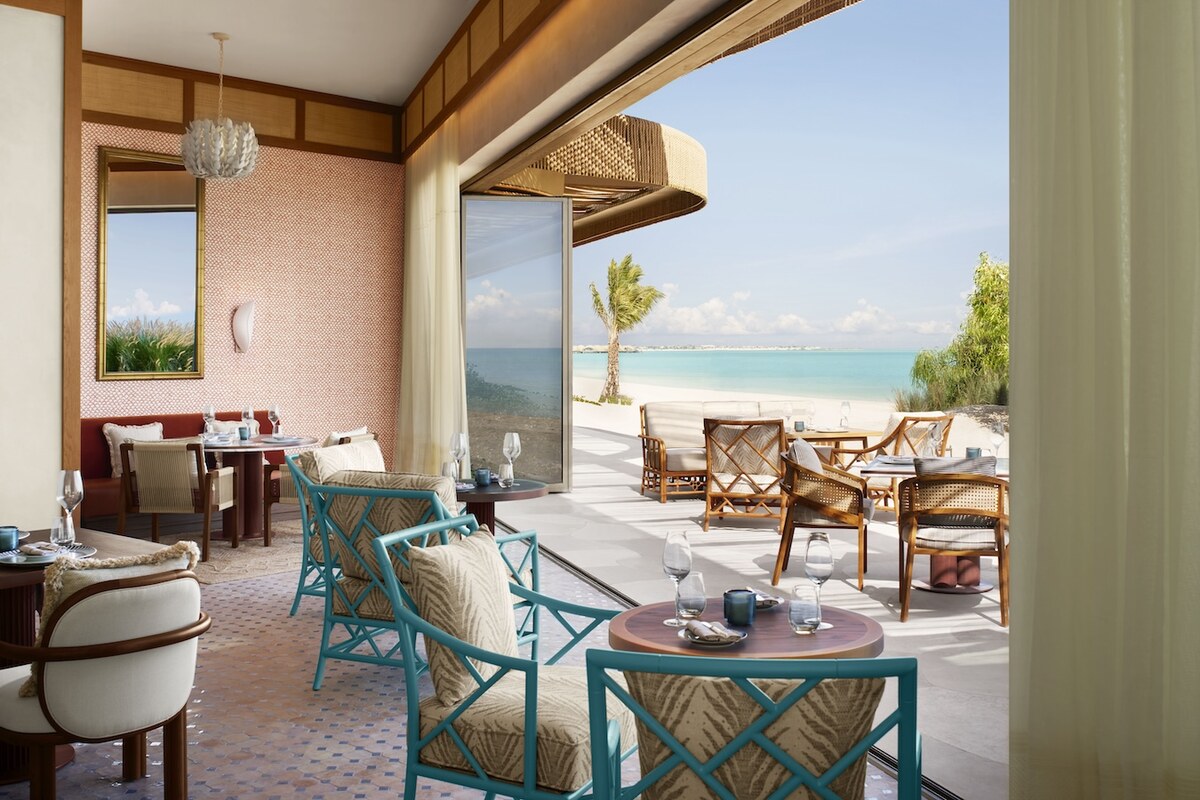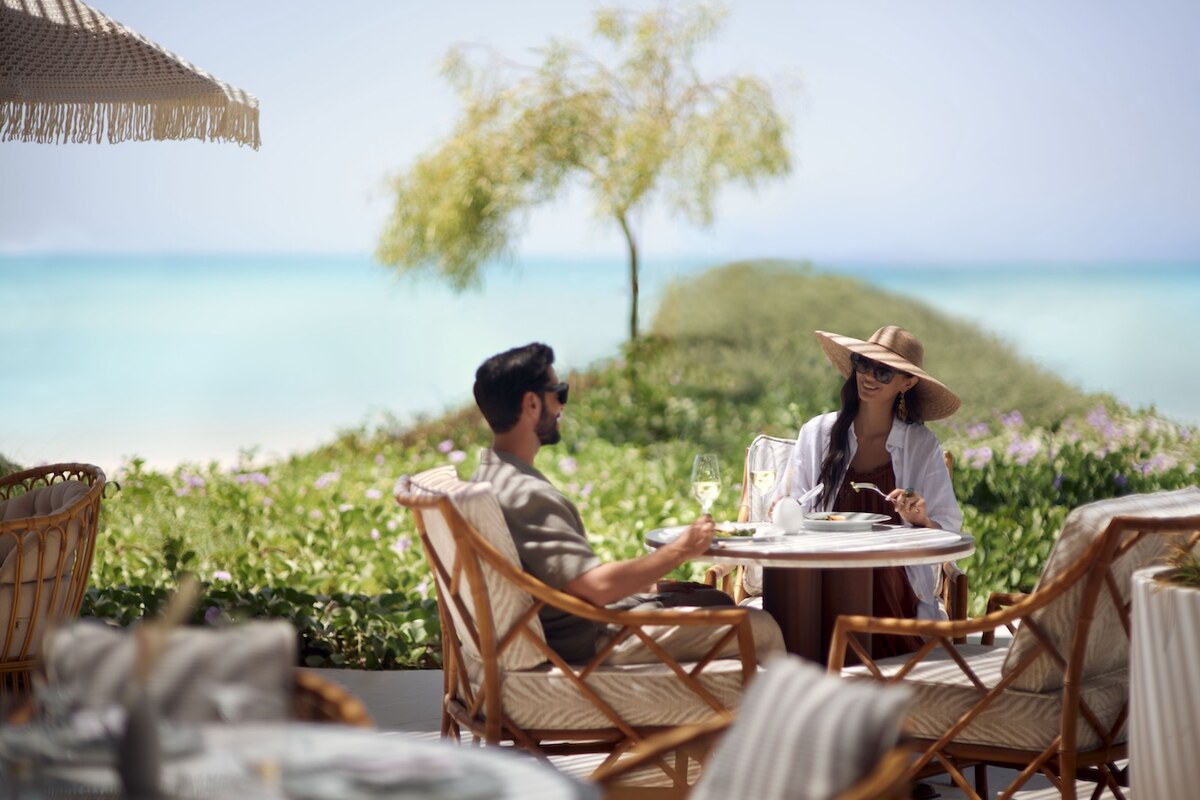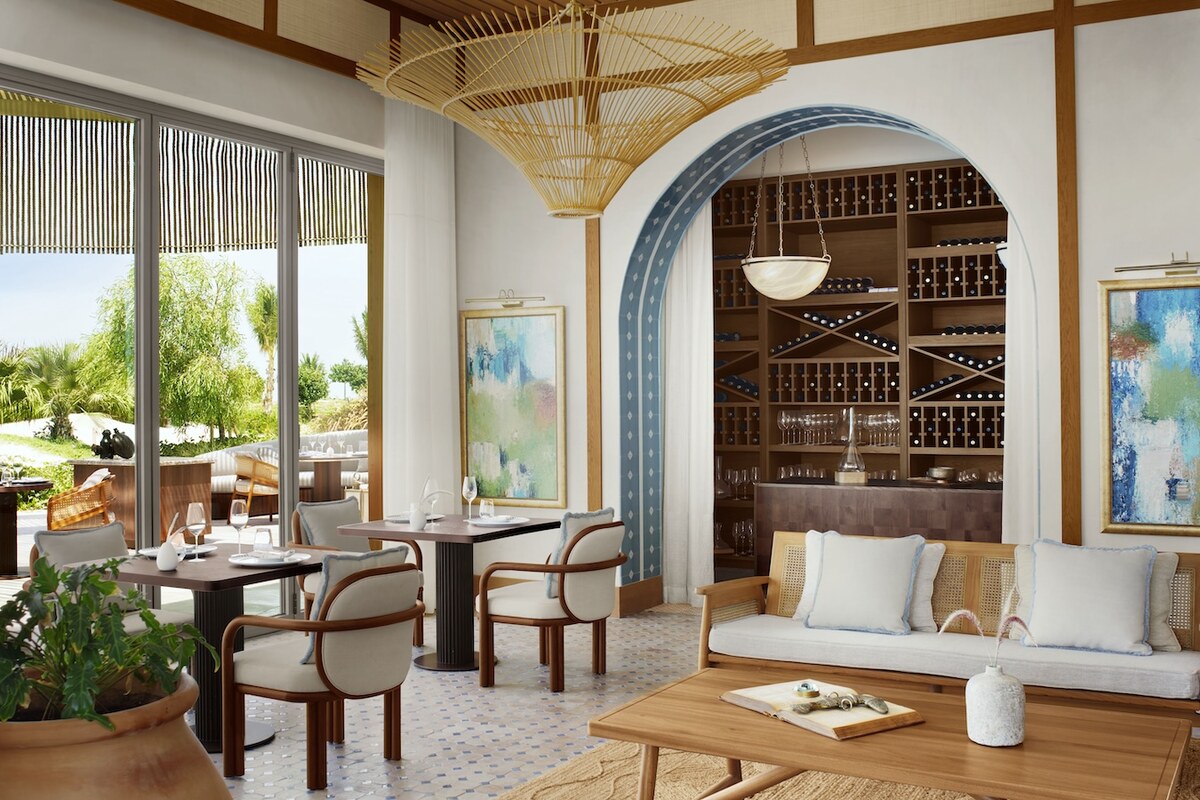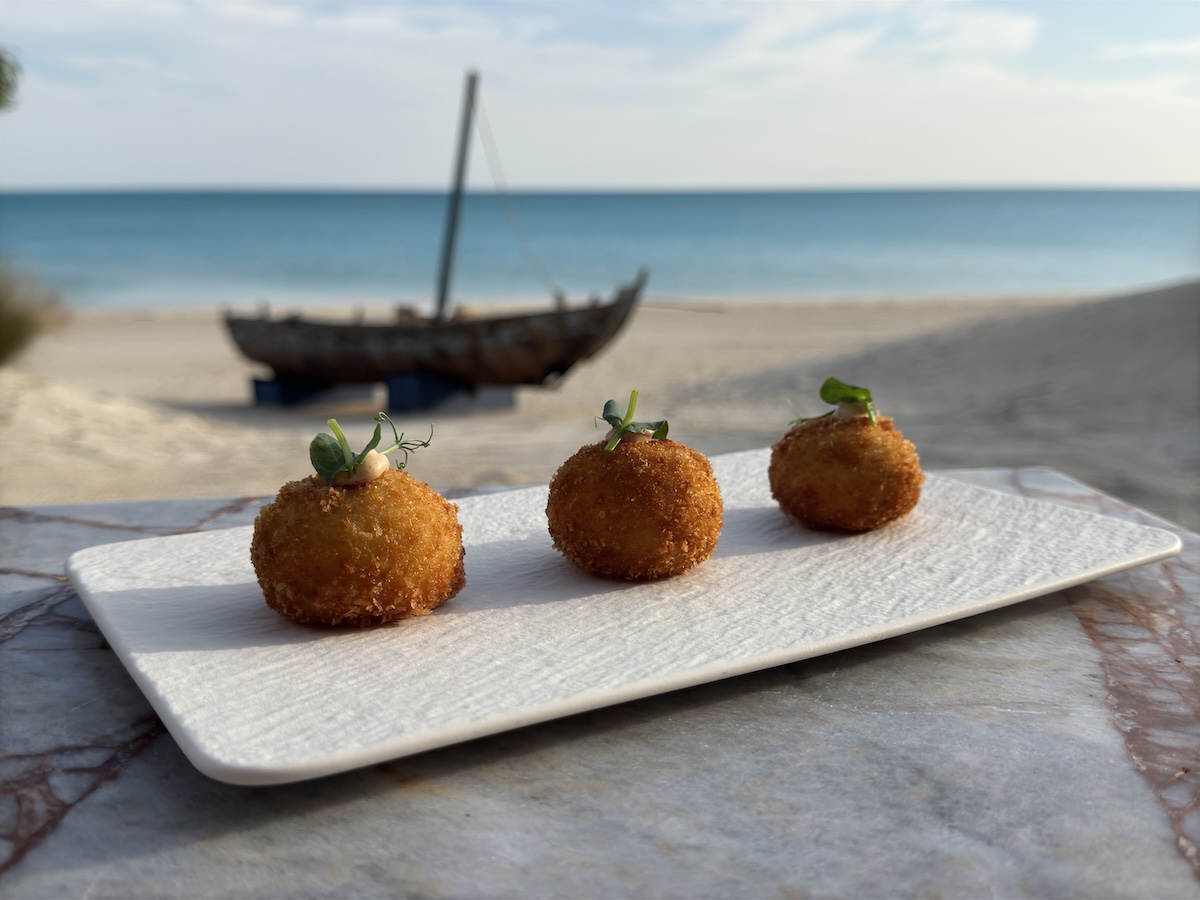DUBAI: The renowned auction house Christie’s is expanding its presence in the Middle East by opening a franchise in Riyadh, led by managing director Nour Kelani. This will be Christie’s second outpost in the region, following the 2005 opening of Christie’s Dubai, which has had a significant impact on the promotion of Arab art and creativity, both contemporary and modern.
In an exclusive interview with Arab News, Anthea Peers, Christie’s president, EMEA, explains why now is the time to expand the auction house’s activities in the Kingdom, which is experiencing a historic cultural boom.
“Christie’s has a longstanding presence in the Middle East, with deep-rooted relationships with Saudi Arabian collectors based both in the Kingdom and around the world,” Peers says. “In recent years, we have witnessed a considerable period of growth within the arts and culture sector — I have the privilege of visiting the Kingdom regularly and each time I am blown away by the passion, the ambition and the creative talent that I encounter — and the time is undoubtedly right for this expansion,” Peers says.

Ahmed Mater's 'Magnetism.' (Supplied)
An opening date has not yet been confirmed. “Having recently established our entity, we look forward to completing all necessary formalities and further extending our business in the Kingdom as soon as possible,” Peers said.
In Saudi Arabia, Christie’s will focus on providing works of art by modern and contemporary Middle Eastern artists, as well as high-end jewelry and watches or other timepieces. They are also keen to engage with the Saudi youth and aspiring art collectors.
“Bearing in mind the high percentage of millennials in the Kingdom, it’s likely we will also continue to see an increase in engagement among this demographic for Arab artists, modern and contemporary art, as well as engagement with the secondary luxury sector,” says Peers.

Abdulnasser Gharem's 'Message-Messenger' is the most expensive piece by a Saudi artist to have been sold by Christie's to date, fetching $842,500 in 2011. (Supplied)
In recent years, several acclaimed Saudi artists have made a splash at Christie’s with notable artworks sold at high prices. “The market has been reinforced by strong biennials, gallery representations, and alongside key institutional shows both locally and internationally,” says Peers.
Saudi conceptual artist Abdulnasser Gharem’s golden-domed wood-and-copper installation piece “Message/Messenger” was sold at Christie’s for $842,500 in 2011 — the highest price fetched so far by a Saudi artist at the auction house. Manal AlDowayan, who represented the Kingdom at the Venice Biennale earlier this year, has a long-standing relationship with Christie’s, which most recently sold her work “Dove” — previously exhibited at the Venice biennale — for just over $15,000, more than three times its low estimate, having, Peers says, “attracted strong bidding from our established Middle East clients.”

Manal AlDowayan's 'Dove' sold for $15,120 earlier this year at Christie's. (Supplied)
Mid-career artist Ahmed Mater, whose multidisciplinary works were highlighted in a solo exhibition at Christie’s London this summer, has also sold pieces at well above estimated prices; his “Magnetism” triptych fetched £189,000 (around SAR935,000) at Christie’s London. Other emerging Saudi artists, such as Dana Awartani and Alia Ahmad, have also been highlighted at Christie’s.
“We have had passionate Saudi Arabian clients for many years with a wide range of interests ranging from Old Master paintings and modern and contemporary Middle Eastern art to fine watches and jewelry, among other categories,” Peers says. “We have seen increased interest in a number of Arab artists over the last three years including Saudi artists Ahmed Mater, Manal AlDowayan and Dana Awartani. There are active Saudi clients who are evolving and refining their own collections to include a mix of established and emerging Saudi artists.”
Christie’s opening in the Kingdom comes at a time when the domestic arts scene is flourishing, with new cultural initiatives, institutions, and festivals supporting Saudi artists as well as welcoming international names.

Dana Awartani's 'Icosahedron within a Dodecahedron' was sold for £35,000 at Christie's Dubai in 2023. (Supplied)
“We will be honored to support the burgeoning arts scene in Saudi Arabia as part of the ongoing national diversification efforts,” says Peers.
“We look forward to partnering with institutions and arts and culture organizations, hosting dedicated exhibitions, as well as supporting regional cultural events within the Kingdom — for example, we collaborated with Diriyah Contemporary Arts Biennale earlier this year.
“We are also committed to bringing regular international sale highlights from important auctions around the world into the Kingdom for the public and clients to view,” she continues. “Christie’s will continue to raise awareness of art and artists from Saudi Arabia’s rich cultural heritage to our wider international audience.”




























